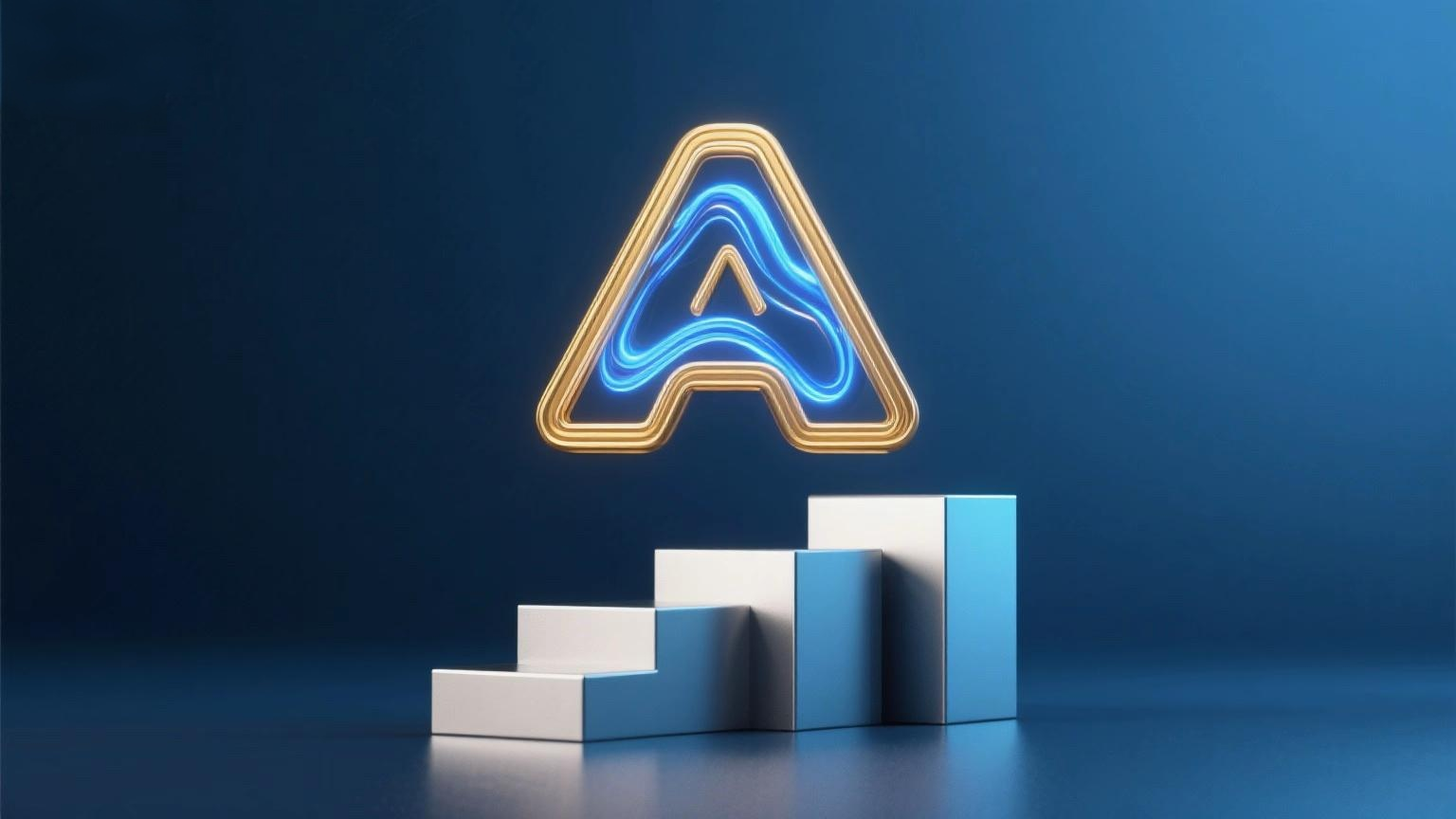
Tech stocks, the "engine" driving this year’s rally in the U.S. stock market, have begun to reverse. In a new wave of selling, investors are dumping the superstar stocks that propelled the market’s rebound this spring. Sky-high valuations, AI anxiety, end-of-summer profit-taking—it’s hard to pin the blame on any single factor. But sometimes a market crash doesn’t need headline news as a catalyst; it just requires excessively concentrated positions in one direction.
The deeper paradox lies in the fact that the Federal Reserve seems prepared to cut interest rates during an economic upswing. The Fed’s implementation of easing policies at market highs, combined with an AI-driven surge in capital expenditure, should have formed a bullish pattern. If you only look at the background—ample liquidity, steady growth, and the promise of silicon chips boosting productivity—the development prospects appear vast. But the dynamics of capital flows in August have already cooled. Earnings season has concluded, rate-cut expectations have been digested by the market, and systematic strategy positions (commodity trading advisors, volatility control, risk parity) are nearing saturation.
With share buybacks declining and September volatility approaching, the stock market is leaning downward. This leaves traders in a classic dilemma: buy the dip or step aside and wait for a clearer entry opportunity in September? Selling in a seemingly favorable格局 may be counterintuitive, but it is this very contradiction that makes profit-taking the higher-probability choice now—that is, when everyone is full of questions but can’t find answers, cashing out is the wise move.
AI risk is undoubtedly the biggest variable at the macro level and the top threat to the market. But blaming the sell-off on an MIT research report is a stretch—tech stocks had already peaked in valuation, and the market chose to amplify the report’s impact during a sensitive macro environment, which smacks of taking things out of context.
The AI narrative is both a shield and a blade: it has driven tech giants up 50% since April but left the broader market vulnerable. DeepSeek’s negative news, first-quarter skepticism, and market saturation concerns—these bumps are enough to confirm its fragility.
Staggering AI capital expenditure is now manifesting at the macro level: tech equipment and software supported most of the GDP in the first half of the year, and data center construction is on the verge of surpassing office buildings. The economy is being reshaped around server racks rather than skyscrapers, which means other economic sectors will be squeezed.
Yet the ghost of the late 1990s still lingers. The warning signs of profit margin pressures and structural imbalances from back then are now being masked by AI mania, while valuations are sounding deafening alarms—Tesla’s P/E ratio approaches 200, Nvidia’s reaches 60. Legions of software companies may not survive the next iteration of ChatGPT. AI is indeed transformative, but not every bandwagon-jumping stock will emerge victorious.
The market is at an inflection point: liquidity and growth provide support, but seasonal factors and overpositioning cast shadows. Like a poker game before the river card is revealed, everyone has already gone all-in, waiting for Powell to show his hand at Jackson Hole. The summer rally is showing signs of fatigue, and the autumn test is approaching.
















